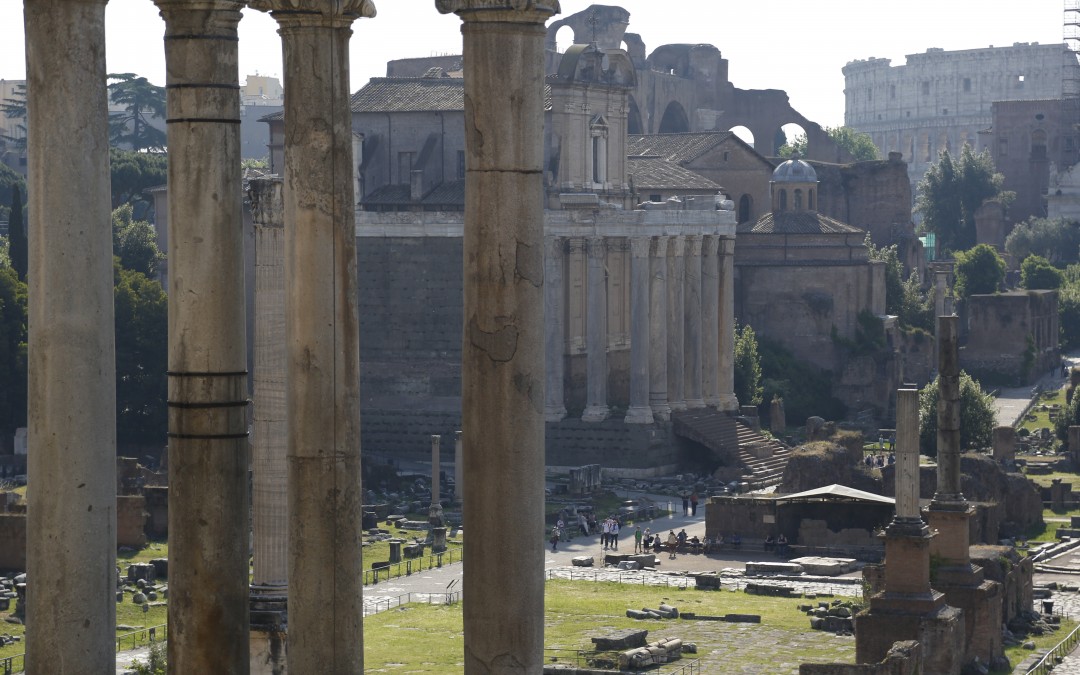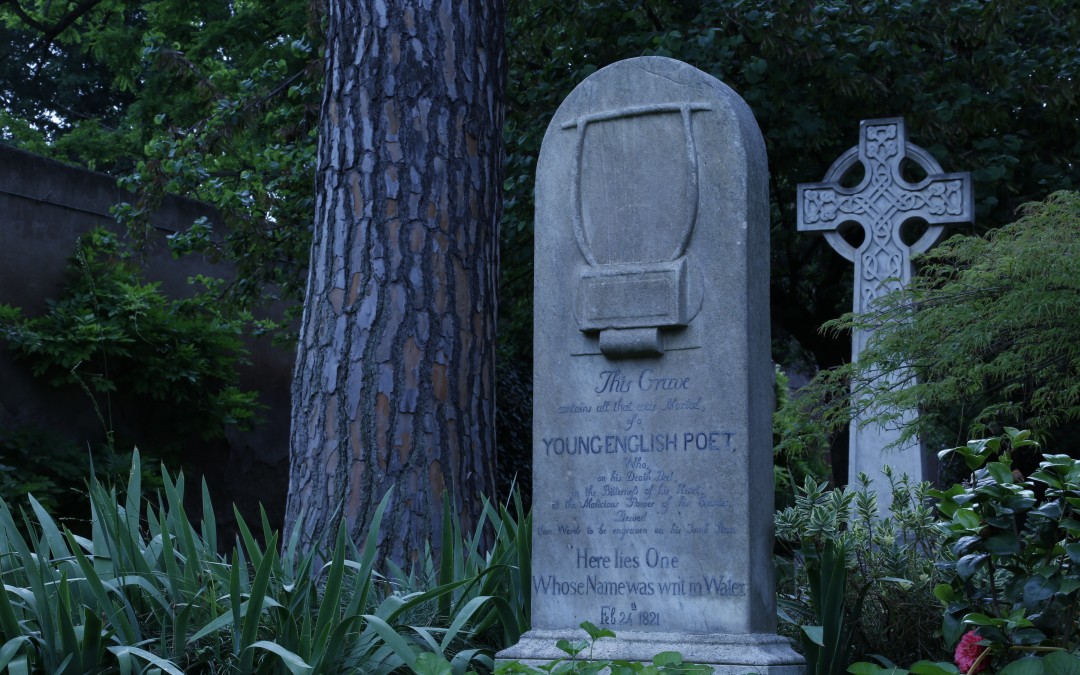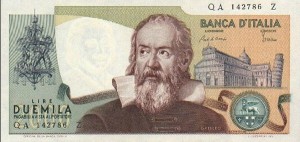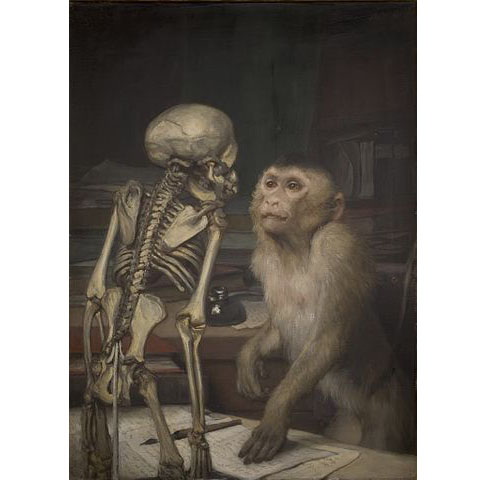
by Jack Ramey | Jan 24, 2018 | Jack Ramey, Poetry
III The ancient Forum Romanum: a miracle of marble! Columns Ionian and Corinthian and statues of gods And consuls, temples lined inside and out with marble And mosaic and tiles. Now ruins. Used for centuries As a quarry to be mined by Bishops and Popes To...

by Jack Ramey | Jan 23, 2018 | Jack Ramey, John Keats, Poetry
VII Lay me down in cool salt water. Lay me down like Noah’s daughter. Lay me down and tell me you miss me. Lay me down when I’m dead, and kiss me. In the non-Catholic cemetery in Rome Close by the pyramid of Cestius The bones of John Keats lay down in cool...

by Jack Ramey | Jan 7, 2018 | Jack Ramey, Poetry
Vincenzo Viviani and Giovanni Battista de Nelli strove to save Galileo’s legacy : Viviani keeping all of his master’s papers in a huge closet along one wall of his house in Florence rewriting many letters excising references to Copernicus and blasphemous...

by Jack Ramey | Oct 28, 2017 | Jack Ramey, Poetry
The caper always goes wrong. Some dope makes a stupid move Like shooting the cashier or a copper Or someone gets the shakes And talks too much or Someone doesn’t move at all and staring Into the abyss he inadvertently Screws the pooch Or someone moves too soon...

by Jack Ramey | Jul 1, 2017 | Art, Jack Ramey, plato, Poetry
The skin that hangs from this skeleton is cloud stuff: tree limbs on a hilltop seen from a moving vehicle – ineluctable like foxfire in nightwind, vanishing within seconds after sight. The tegument between these bones feels right; tightened to keep me strung high and...

by Jack Ramey | Mar 21, 2017 | Jack Ramey, Poetry, Uncategorized
After winter’s ragged grin, spring comes greening in with leaf-curling smiles of hope for new beginnings: delirious-wild-flowerings in the serious month of May and, in spite of Eliot’s cruelest month, crocus and Iris and lilac and clematis, jonquils and tulips all...







